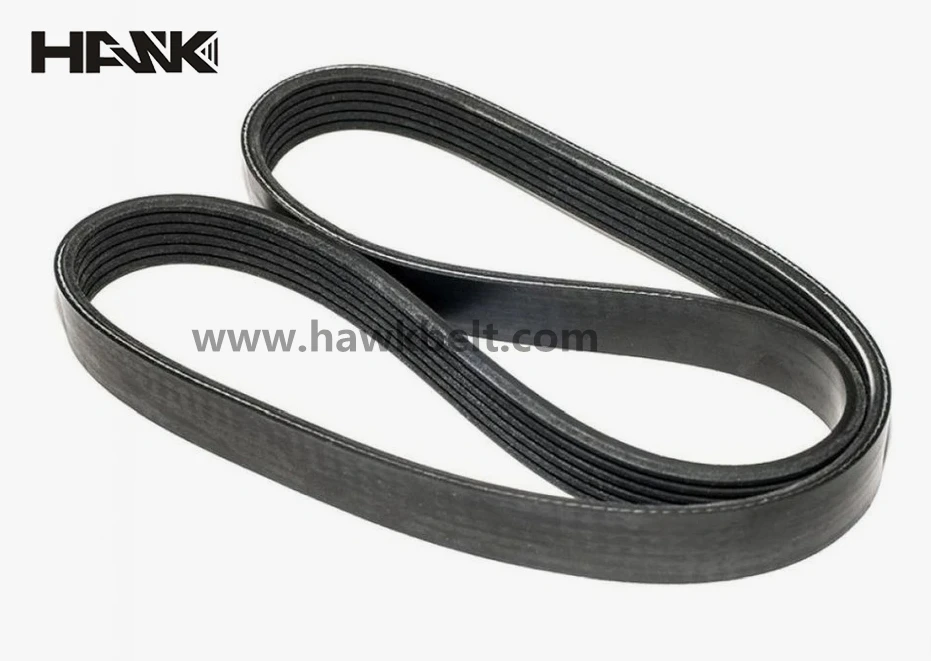- Arabic
- French
- Russian
- Spanish
- Portuguese
- Turkish
- Armenian
- English
- Albanian
- Amharic
- Azerbaijani
- Basque
- Belarusian
- Bengali
- Bosnian
- Bulgarian
- Catalan
- Cebuano
- Corsican
- Croatian
- Czech
- Danish
- Dutch
- Afrikaans
- Esperanto
- Estonian
- Finnish
- Frisian
- Galician
- Georgian
- German
- Greek
- Gujarati
- Haitian Creole
- hausa
- hawaiian
- Hebrew
- Hindi
- Miao
- Hungarian
- Icelandic
- igbo
- Indonesian
- irish
- Italian
- Japanese
- Javanese
- Kannada
- kazakh
- Khmer
- Rwandese
- Korean
- Kurdish
- Kyrgyz
- Lao
- Latin
- Latvian
- Lithuanian
- Luxembourgish
- Macedonian
- Malgashi
- Malay
- Malayalam
- Maltese
- Maori
- Marathi
- Mongolian
- Myanmar
- Nepali
- Norwegian
- Norwegian
- Occitan
- Pashto
- Persian
- Polish
- Punjabi
- Romanian
- Samoan
- Scottish Gaelic
- Serbian
- Sesotho
- Shona
- Sindhi
- Sinhala
- Slovak
- Slovenian
- Somali
- Sundanese
- Swahili
- Swedish
- Tagalog
- Tajik
- Tamil
- Tatar
- Telugu
- Thai
- Turkmen
- Ukrainian
- Urdu
- Uighur
- Uzbek
- Vietnamese
- Welsh
- Bantu
- Yiddish
- Yoruba
- Zulu
Oct . 18, 2024 17:58 Back to list
Choosing the Right V Belts for Your Mower Performance and Durability
Understanding Mower V Belts Essential for Your Lawn Maintenance
Mowers are integral tools for maintaining lawns, gardens, and landscapes. To ensure these machines operate efficiently, one critical component that plays a pivotal role is the mower V belt. Understanding the function, types, and maintenance of these belts is essential for every lawn care enthusiast and professional landscaper alike.
What is a Mower V Belt?
A mower V belt is a type of flexible belt that is specifically designed to transmit power between the engine and the cutting deck of a lawn mower. It is called a V belt due to its distinctive V-shaped cross-section, which allows it to fit snugly into the pulleys of the mower. This design maximizes the surface area in contact with the pulley, providing better grip and reducing slippage, which is vital for efficient energy transfer.
The Function of Mower V Belts
The primary function of a mower V belt is to transfer mechanical energy from the engine to the blades of the mower. When the engine runs, it turns the crankshaft, which then rotates the belt. The movement of the belt activates the spindle, causing the mower blades to spin and cut grass at the desired height. Therefore, a properly functioning V belt is essential for maintaining the health of your lawn and the performance of your mower.
Types of Mower V Belts
There are several types of mower V belts available on the market, each designed for specific tasks or types of mowers
1. Standard V Belts These are the most common type and are used in a variety of mowers and engines. They are designed to handle moderate loads and are suitable for light to mid-duty mowing tasks.
mower v belts

2. Heavy-Duty V Belts As the name suggests, these belts are made for high-performance mowers and can handle heavier loads. They are often used in commercial-grade mowers that require more power and durability.
3. Notched V Belts These belts have notches cut into their inner circumference, which allows them to conform better to the pulleys. This design reduces bending resistance and allows for greater flexibility, making them ideal for tight spaces.
4. Cogged V Belts Similar to notched belts, cogged V belts are engineered with small cogs or teeth on their inner surface, providing enhanced grip and reducing slippage even further. They are commonly used in applications requiring high-speed operations.
Maintenance and Replacement
Maintaining your mower V belt is crucial for ensuring the longevity of your mower. Regular checks should be performed to look for signs of wear and tear, such as fraying, cracks, or stretching. A worn belt can lead to performance issues, such as reduced blade speed or even complete operational failure.
When it comes to replacement, it's essential to choose the correct belt for your mower model. Most mowers have a specific belt size and type recommended by the manufacturer. Refer to the owner's manual for guidance on the right specifications. Additionally, ensure that the pulleys are clean and free of debris before installing a new V belt, as dirt and grime can affect performance.
Conclusion
In conclusion, mower V belts are vital components that should not be overlooked during lawn mower maintenance. Understanding their function, types, and maintenance can enhance the life of your mower and improve its performance. Whether you’re a homeowner with a modest yard or a professional landscaper tackling larger projects, ensuring your V belt is in top condition will lead to a healthier lawn and a more efficient mowing experience. Investing attention and care into this often-overlooked part can save time and resources in the long run, making your lawn maintenance efforts all the more rewarding.
-
Upgrade Power Steering Pump Belt for Smooth, Quiet Operation
NewsAug.27,2025
-
Precision Timing Belt & Chain: Engine Performance & Durability
NewsAug.26,2025
-
Precision Lathe Drive Belts: Durable & Reliable Performance
NewsAug.25,2025
-
84.5 Serpentine Belt: Durable & Precision Fit for Your Engine
NewsAug.24,2025
-
Premium Ribbed Drive Belts for Quiet Power Transmission
NewsAug.23,2025
-
High-Performance Vehicle Timing Belt for Engine Precision
NewsAug.22,2025

